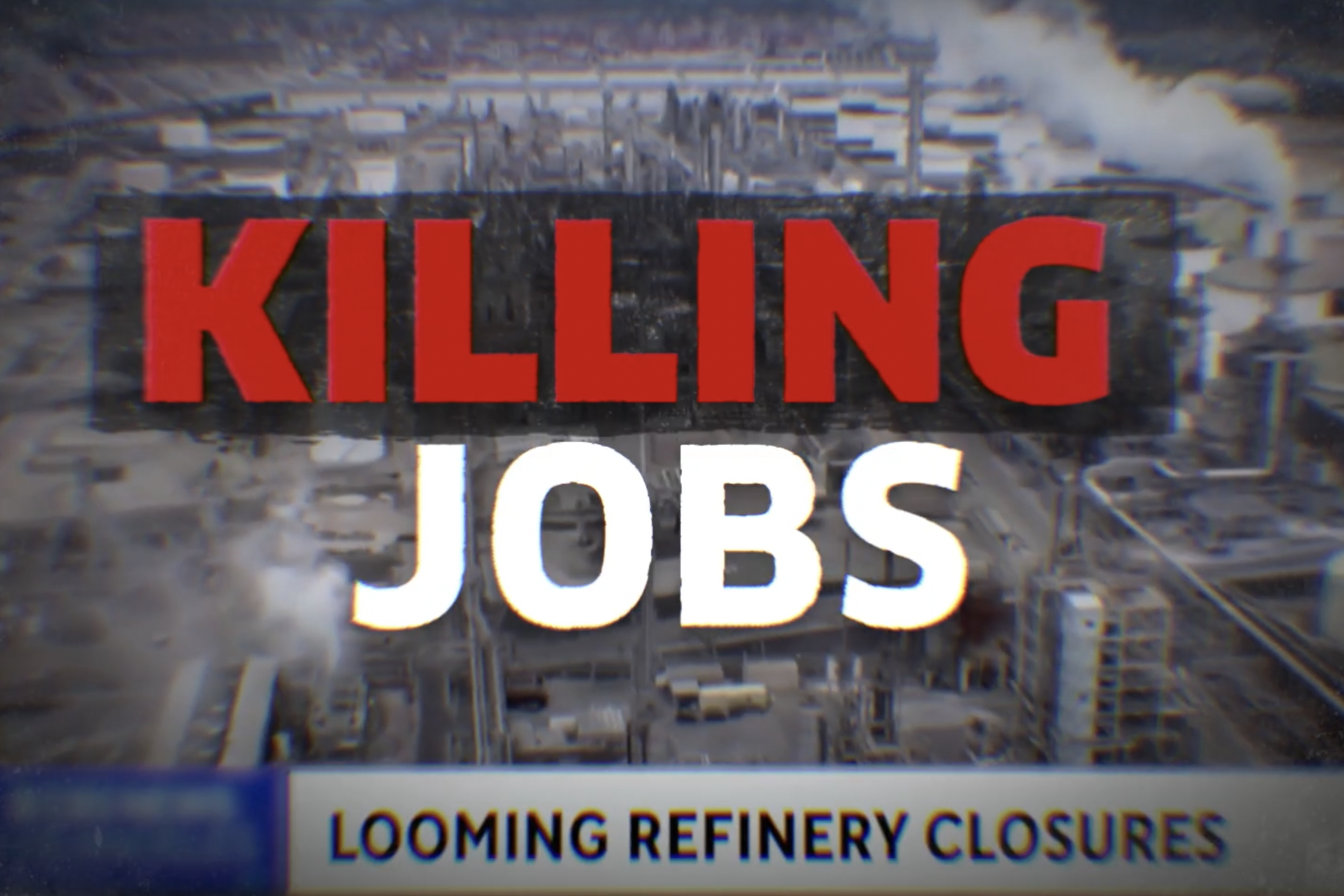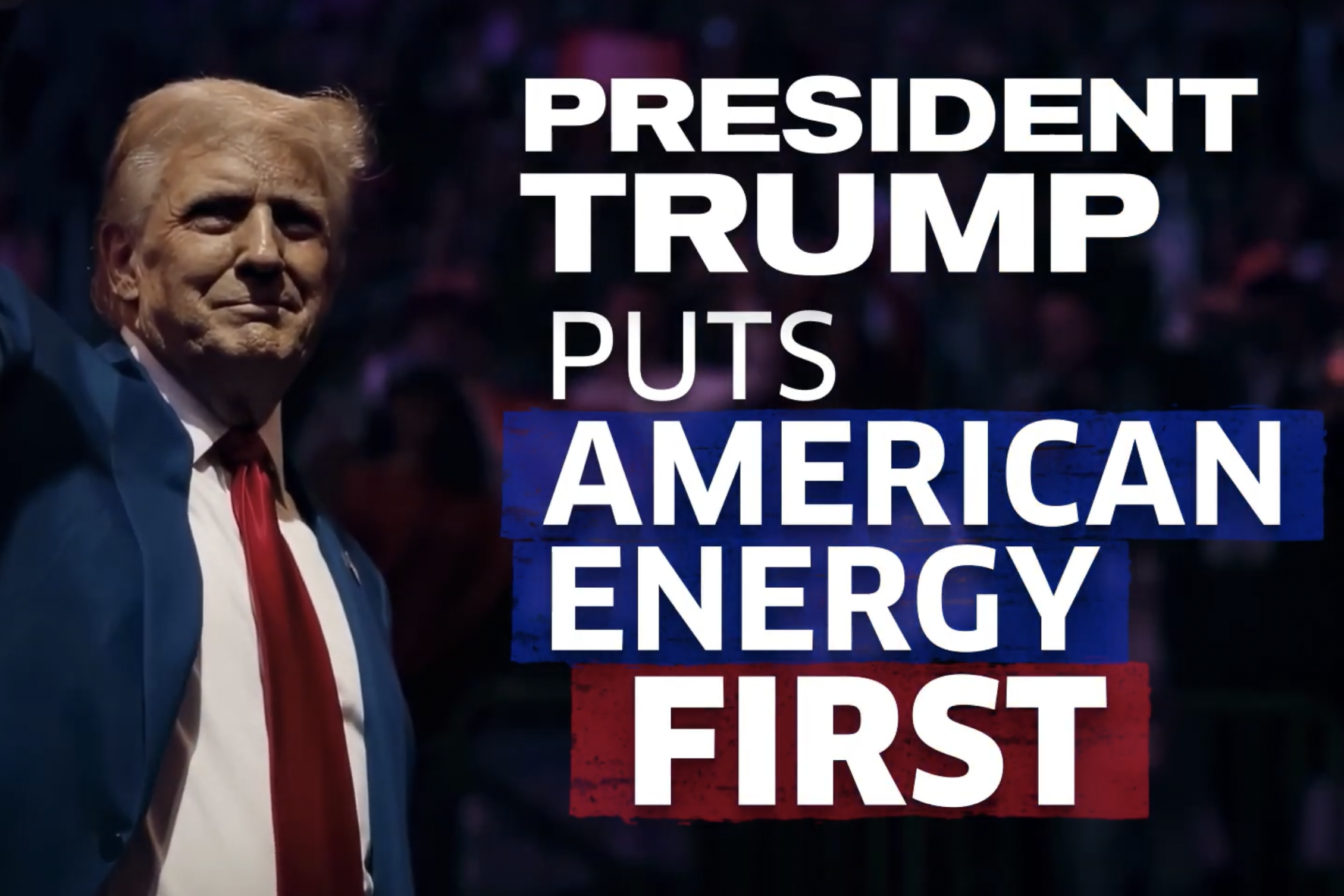The regulatory scheme of EPA’s Renewable Fuel Standard forces U.S. independent refiners to purchase compliance credits called Renewable Identification Numbers or “RINs” from Big Oil competitors and massive biofuel blenders. This regulatory system was meant to create a market for biofuel but has merely created an artificial market for RINs instead.
In fact, even if the federal biofuel mandate removed the regulatory system imposing RIN obligations, the same amount of ethanol would be blended into gasoline. This blog has continuously highlighted the fact that EIA data proves the percentage of ethanol blended into gasoline remains relatively constant, irrespective of the RIN price. The last few years reinforce this trend.
However, there is an even more disturbing trend brewing because of the broken RFS program: Our nation is on track to literally run out of RINs.
EIA noted that despite RINs increasing about 1000 percent last year, 800 million fewer RINs were generated than needed to meet the mandate. RINs prices have gone up more than 1800 percent since the beginning of last year, but those rising costs are not doing anything to push more biofuel into the fuel supply. EIA data shows that from January through May of 2019, when RINs averaged 18 cents, the blend rate was exactly the same as it is during the same period this year, during which RINs have averaged $1.26. As a result, the amount of biofuel that is projected to be blended into the fuel supply is falling woefully short of what is needed to meet the mandate.
PBF President Matt Lucey highlighted the implications of this trend during the company’s investor call:
“If we look at current projections for demand and assume an [Renewable Volume Obligation] flat to 2020, 2021 RIN – the 2021’s RIN requirement is over 2 billion RINs more than what we’re on track to generate this year according to EPA data. Definitely, the current pace of RIN generation compared to the RVO will result in a 2.3 billion draw-down in the RIN-bank in 2021, leaving only 300 million RINs remaining at the end of the year. At that rate, if both fuel demand and the RVO remained flat for next year, the market could quickly run out of RINs sometime in the first quarter of 2022 or perhaps sooner.”
So, what happens when the RINs run out? RINs essentially act as permits to sell gasoline and diesel fuel. If there are not enough RINs available to meet a companies’ RVOs, then they will be forced to cut gasoline and diesel production to an amount that reflects the proportional number of RINs that are available on the market.
For many U.S. independent refiners, running out of RINs also means it won’t be long before they’re forced to close. For consumers, this also means it won’t be long before fuel rationing becomes the norm, just as it was during the OPEC crisis of the 1970s.
“For those of you who remember the OPEC, the odd-even days like we do – that’s when everyone drove around with two sets of license plates to get gas, those long lines. We’re only a whisper away from that if we lose that refining capacity,” U.S. Congressman Donald Norcross (D-N.J.) warned on a Philadelphia radio program in May.
Today, we’re already starting to see what that fuel rationing could look like. Last week, Governor Kim Reynolds (R-Iowa) declared a state of emergency given the fuel supply issues snarling the freight truck industry at gas stations throughout the state. Airlines, including American Airlines and Southwest, have cautioned their pilots to conserve fuel while flying and carry extra fuel due to supply chain issues delaying jet fuel deliveries to airports throughout the country.
Last month, Governor Mark Gordon (R-Wyo.) signed an executive order aimed at preventing potential gasoline, diesel, and aviation fuel shortages, and cited the urgent demand for jet fuel as firefighters often rely on aerial support during the wildfire season. According to a recent report from the Associated Press, “sporadic [jet fuel supply] shortages at some tanker bases in Oregon and Utah have already been reported,” along with some tanker bases in Arizona.
Gasoline and jet fuel supply shortages do not simply inconvenience drivers and travelers. They extend the time it takes for freight trucks to deliver food supplies to grocery stores and life-saving drugs to pharmacies. They impair our nation’s military readiness, mission capability and ability to protect Americans from emergencies, natural disasters and extreme weather events.
And if the RINs run out, gasoline and jet fuel supply shortages will become our new normal.
As America’s independent refiners spend more on RINs than any other operational costs, it remains unclear whether the Biden administration will take any action to address RINs market volatility. And as the uncertainty and unpredictability posed by these compliance costs threaten the viability of our nation’s remaining refineries, the threat of RIN deficiency looms near.


